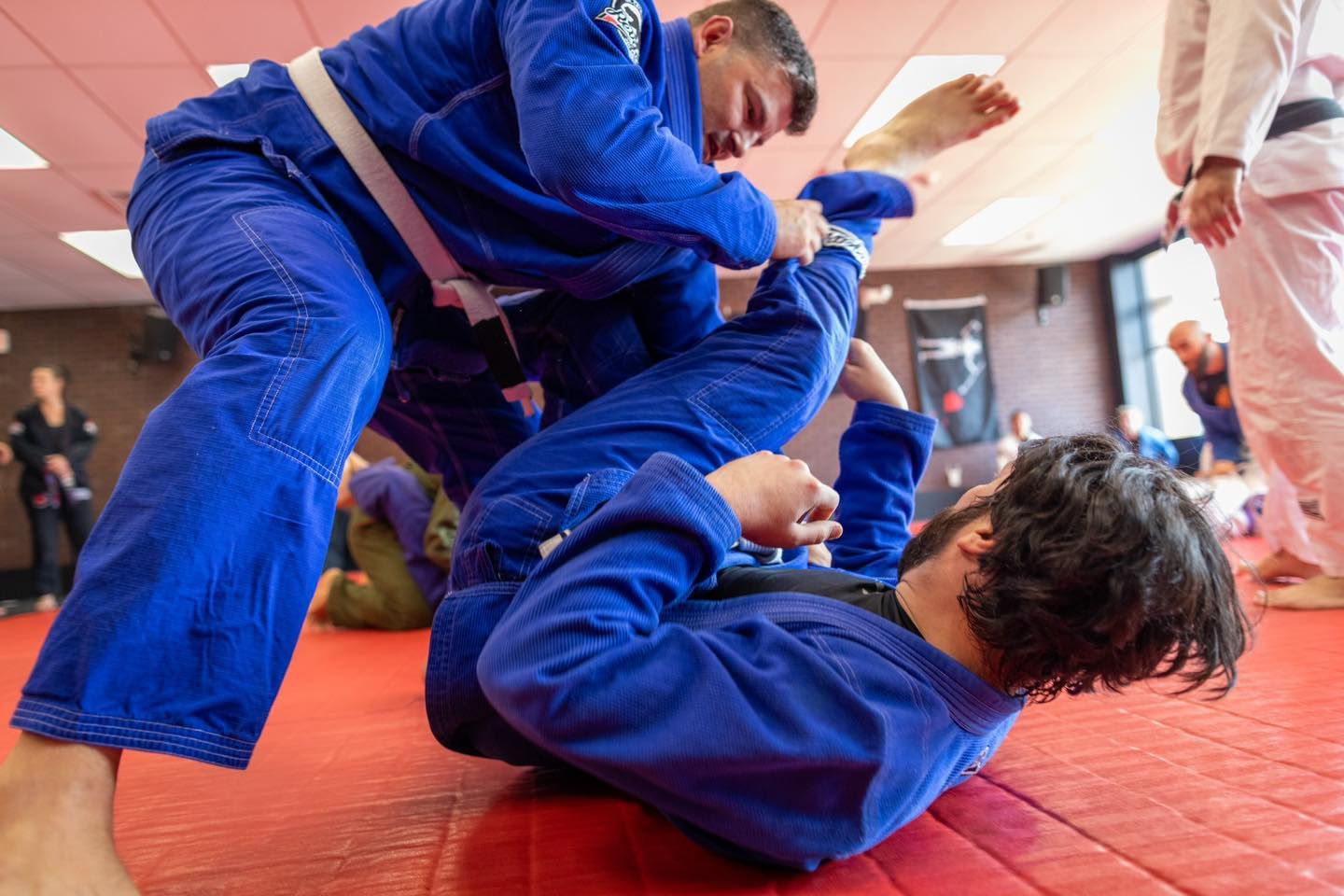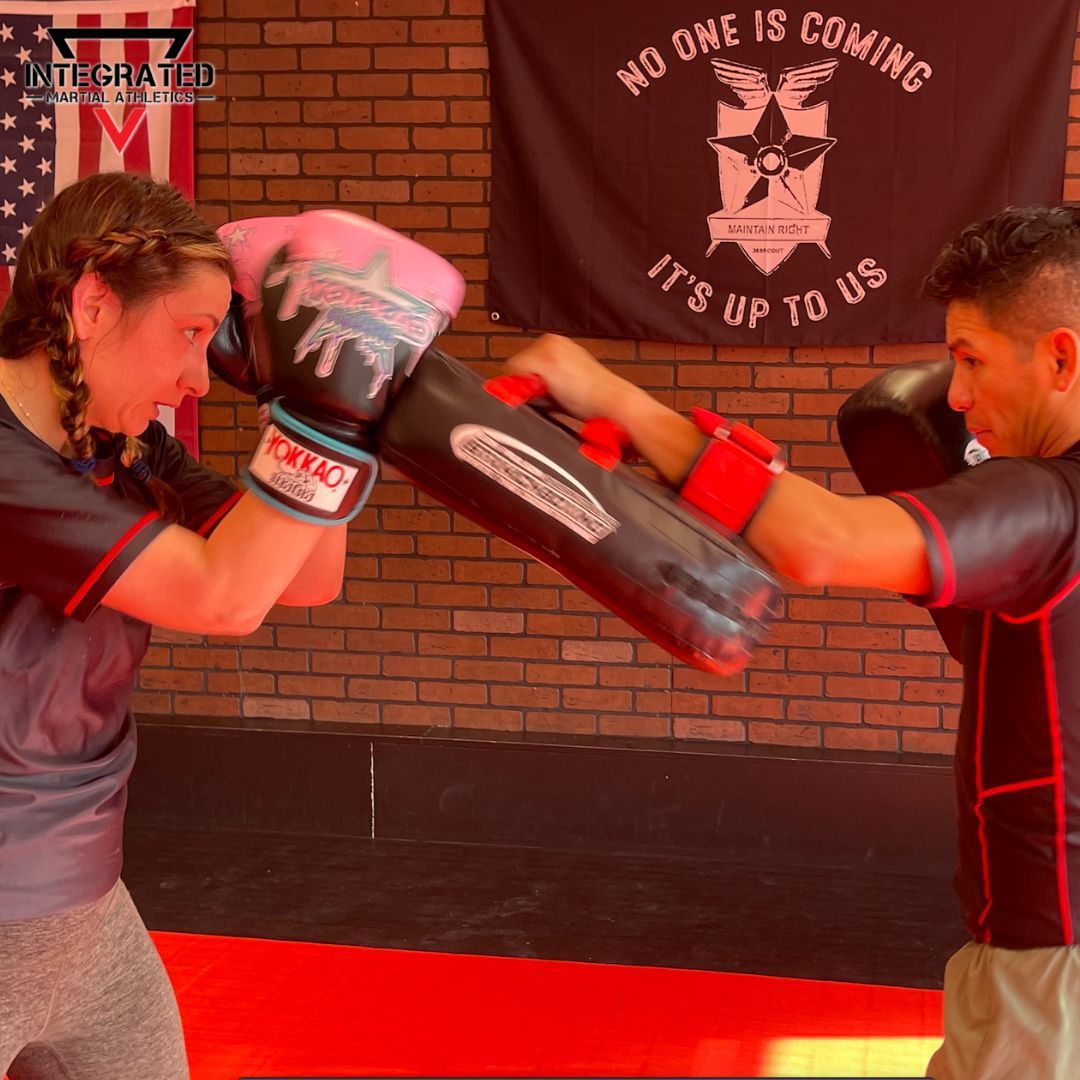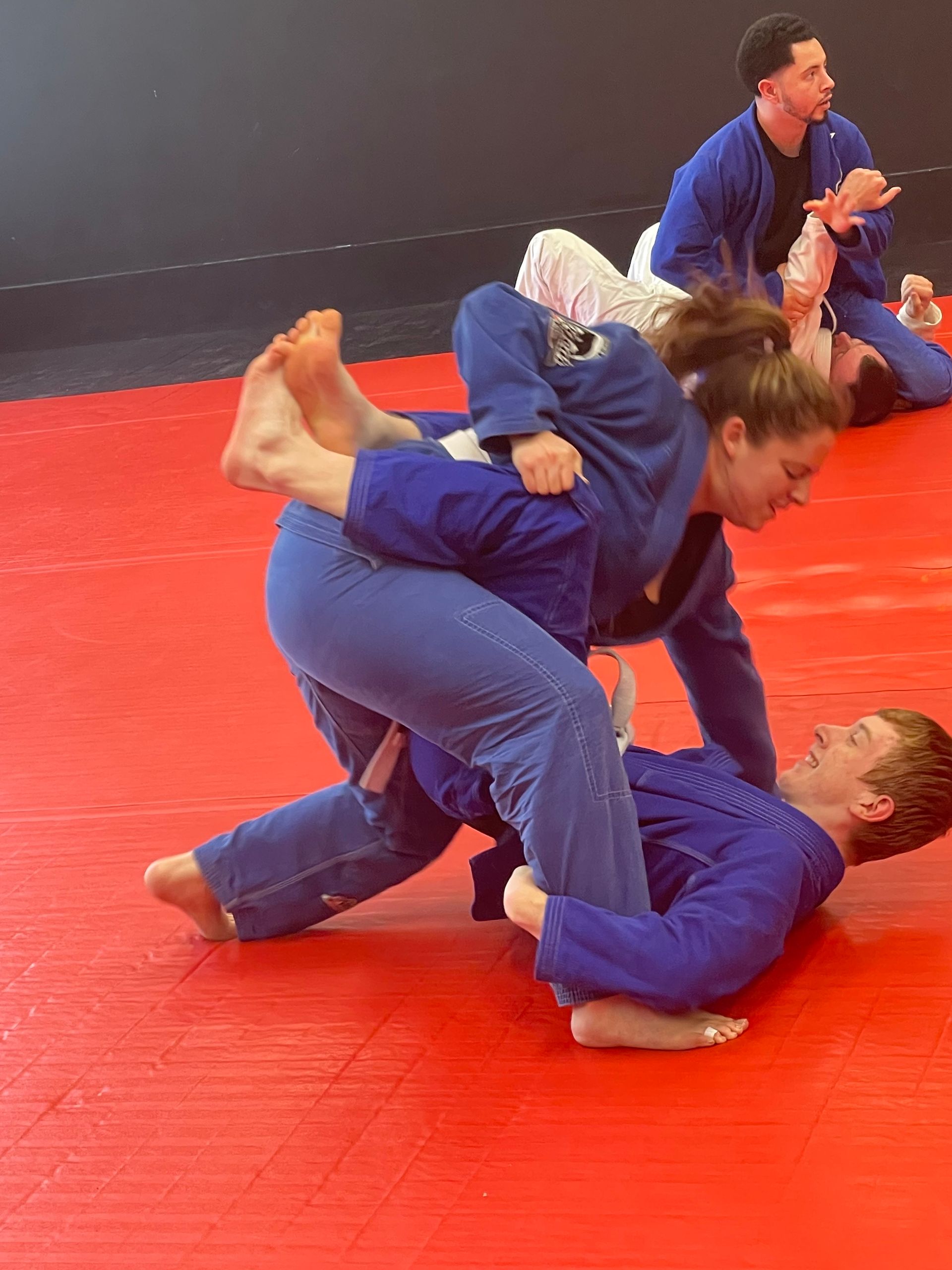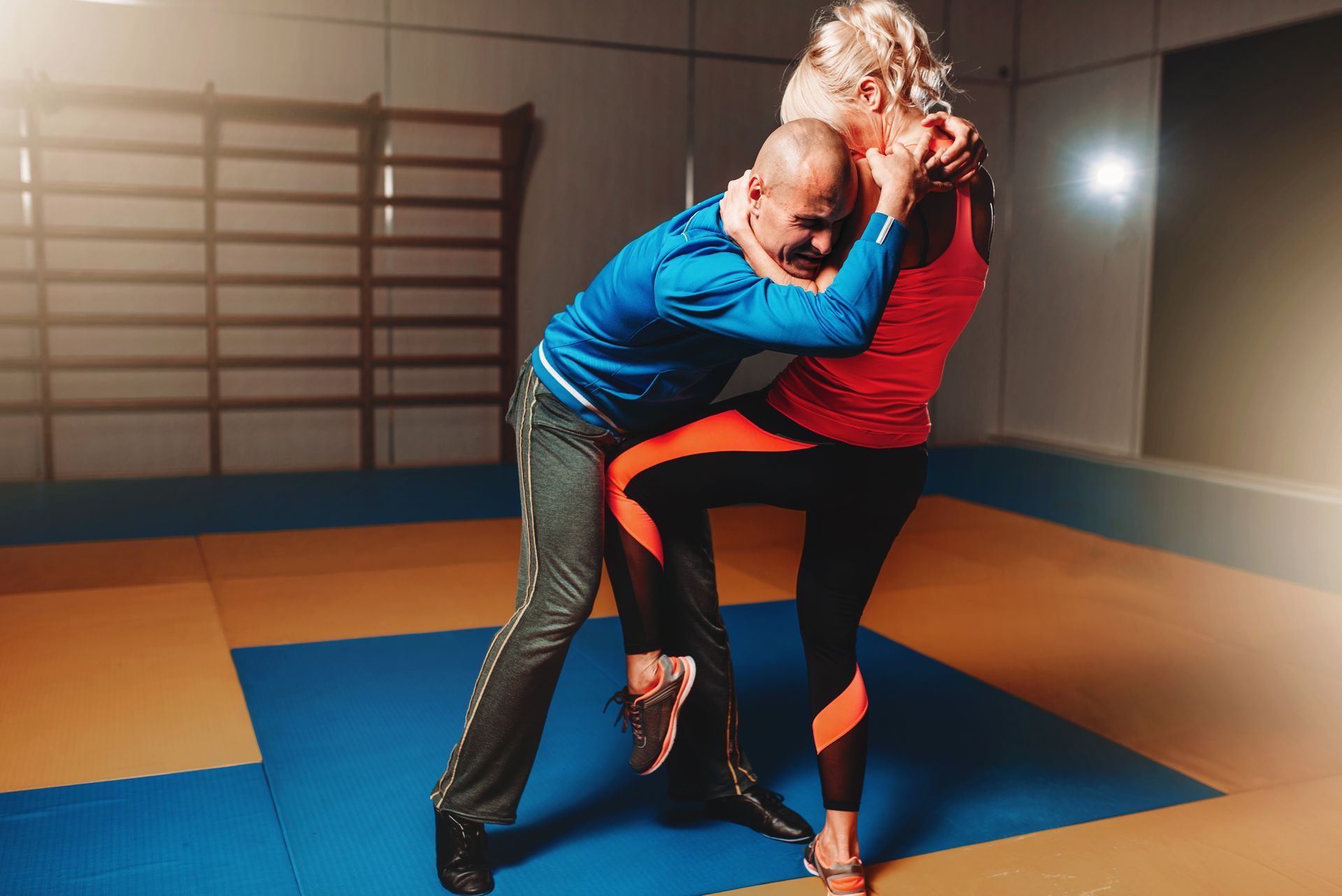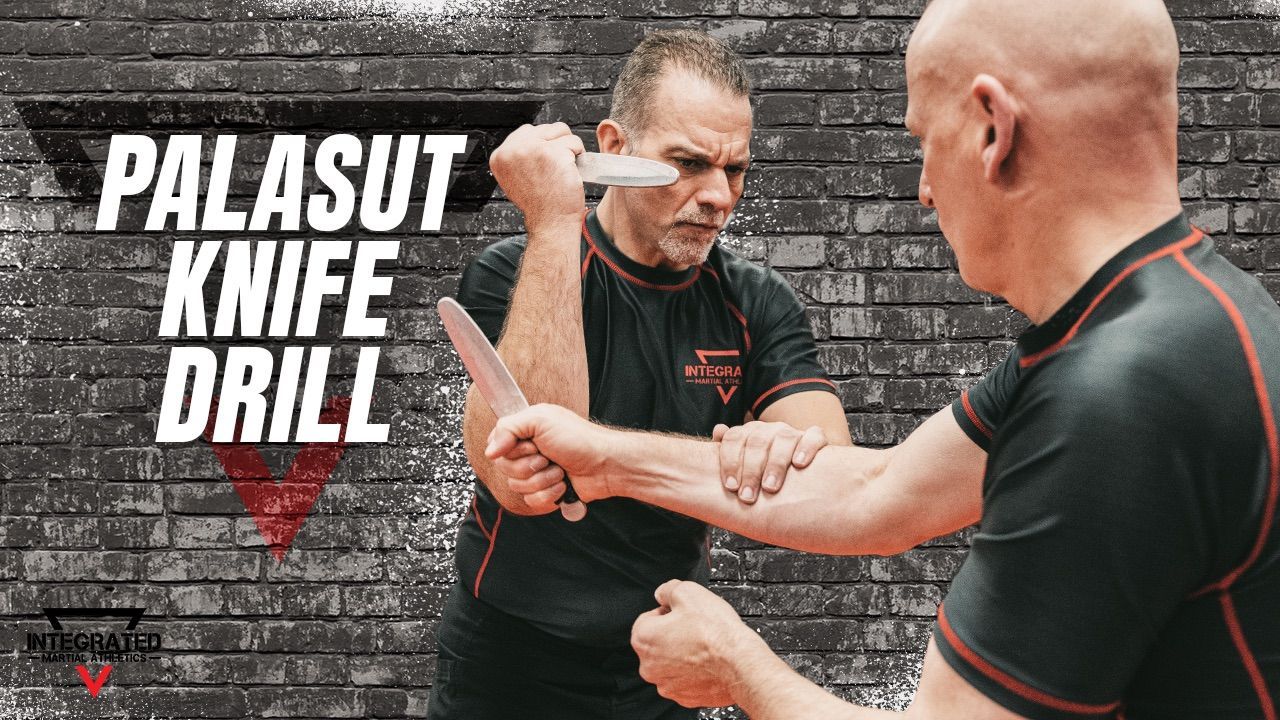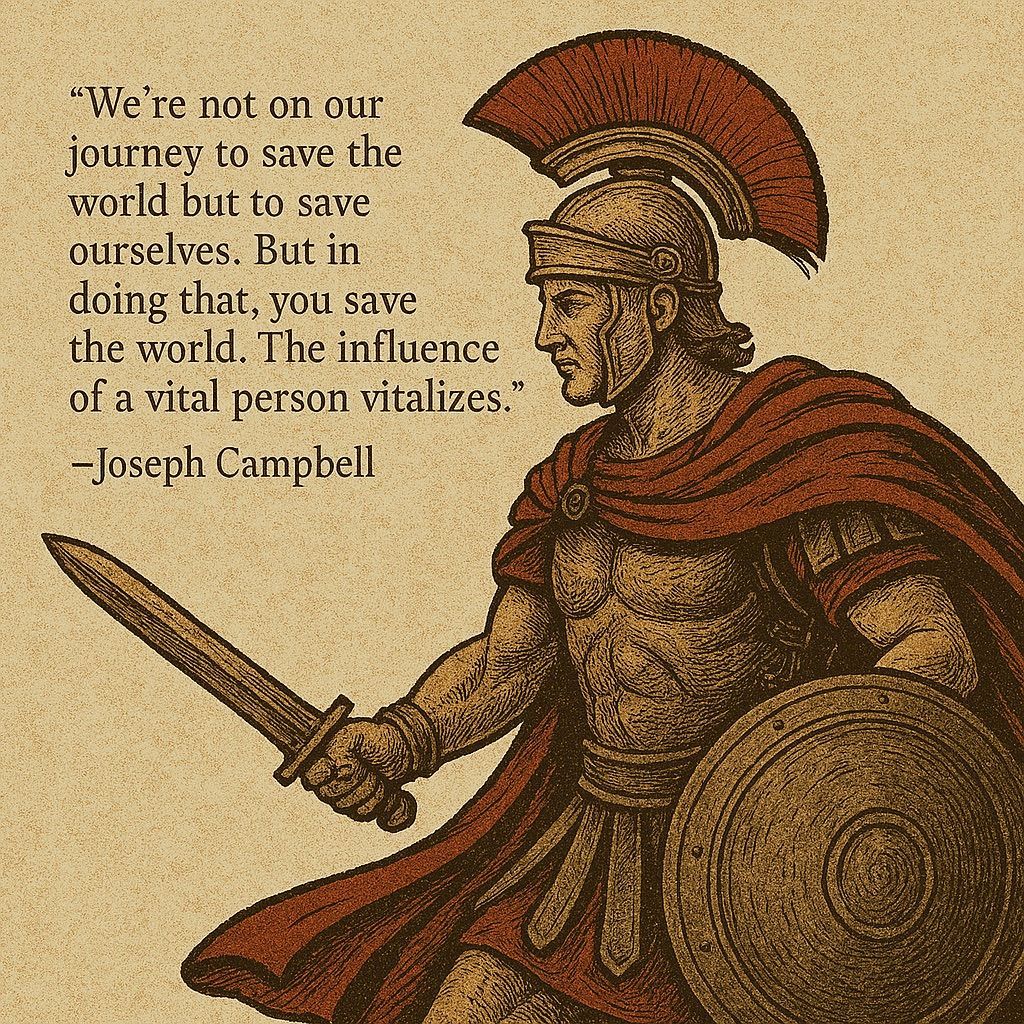Unlock the Path to Victory: Why Positioning is More Important Than Submission
When most people start training Brazilian Jiu-Jitsu, they get obsessed with submissions. They want to hit armbars, chokes, and leg locks as fast as possible. And while that hunger is good, they’re missing something critical: *position*. The truth is, without proper positioning, your submission game is weak, no matter how slick you think your moves are. If you want to dominate, you need to master positioning first—everything else flows from there.
In this article, we’re going to break down exactly why positioning is more important than submission, and how focusing on it will unlock the path to victory.
The Foundation of Control: Position Before Submission
Here’s a fact you need to understand right now: BJJ is not about flashy finishes. The best grapplers, the ones who consistently win, know how to control the fight. And control comes from *position*, not submissions.
Let me put it this way: if you're always hunting for the tap but can’t control where the fight is happening, you're going to get reversed, swept, or worse—submitted yourself. Every submission starts from a dominant position. If you don’t have control, your submission attempts are weak, sloppy, and easily countered.
Why Position Matters: The John Danaher Philosophy
Let’s look at the teaching of John Danaher, one of the most respected minds in Brazilian Jiu-Jitsu. Danaher emphasizes that submission should never be rushed. The submission is the final consequence of correct positioning and control.
His philosophy is simple but brutally effective: make your opponent carry your weight, sap their energy, and put them in a spot where they have zero options. When they’re stuck and demoralized, that’s when you go for the kill.
Danaher’s athletes don’t just win by tapping people out—they win by dominating the positional battle first, making the submission inevitable. It’s like they’re putting you in quicksand, and the more you struggle, the deeper you sink.
The Hierarchy of Positions: Key Spots You Must Own
If you’re going to master BJJ, you need to own a few key positions. These positions allow you to control your opponent’s movement, limit their options, and set up high-percentage submissions. Let’s walk through the most important ones:
1. Mount
This is BJJ royalty. From mount, you’re in a dominant position where gravity works in your favor. You can throw strikes (if you’re in an MMA context), attack arms, or go for chokes. But the key is *control*. Don’t rush to attack. Pin their hips, stay heavy, and make your opponent feel like they’re carrying a refrigerator. When they’re desperate and flailing, then you attack.
2. Back Control
There’s a reason BJJ practitioners say, “If you get the back, you win.” From here, your opponent has limited options, and you have many. But it’s not just about getting the choke—back control is a position where you drain their energy. If you can maintain your hooks and seat belt grip, you can take your time and set up a submission that’s nearly impossible to escape.
3. Side Control
Side control is often overlooked, but it’s a goldmine for setting up submissions. But again, don’t rush. Once you’re in side control, lock your opponent down. Use your shoulder pressure to make them miserable, control their hips so they can’t escape, and only move when they’ve given you a clear opening.
4. Closed Guard
Now, I know some of you might think the guard is just a defensive position, but that’s where you’re wrong. A good closed guard is a nightmare for your opponent. You’re controlling their posture, limiting their options, and setting up sweeps or submissions. But if your control is weak, your guard is going to get passed, and you’re in a bad spot. Control first, attack second.
5. Half Guard
Half guard is an incredible position if you understand how to use it properly. A lot of people treat it as a last resort, but in reality, it’s a position where you can initiate a ton of attacks or sweeps. The key is in controlling your opponent’s posture and leg placement. If you can lock them down and make them uncomfortable, you can start setting up sweeps or transitions to a better position.
Patience Over Panic: The Key to Positional Dominance
Too many people roll with a sense of urgency that leads to mistakes. They feel like they have to attack immediately, and they panic when they don’t see an opening. But the best grapplers are the ones who slow down, stay calm, and dominate the position.
I remember rolling with a brown belt who embodied this concept. Every time I tried to advance or attack, he’d shut it down, but he never rushed. He was like a python, slowly tightening his control until I had no choice but to defend. And when I was too busy defending, he’d hit a submission that felt inevitable.
**Patience in BJJ doesn’t mean stalling—it means controlling the position, forcing your opponent to make mistakes, and capitalizing on their errors.**
Think of it like chess. The best players don’t rush to checkmate. They position their pieces strategically, force their opponent into bad spots, and only then do they go for the kill. BJJ is no different.
How to Improve Your Positional Game
If you want to prioritize positioning over submission, you need to make it a focus in your training. Here are a few tips:
1. *
Focus on positional sparring. Start in mount, side control, or back control, and make it your goal to maintain that position for as long as possible. Your training partner will try to escape, but your job is to control them. When you can hold these positions under pressure, your submissions will come naturally.
2. **Use the Weight of Time**
One of the best things you can do to improve your positional game is to develop the patience to stay in a dominant position longer than you think you need to. Make your opponent feel trapped. Make them carry your weight. The longer they’re stuck, the more they’ll make mistakes.
3. **Break Down Movement Into Smaller Steps**
BJJ is a game of inches. Focus on the little things—hand placement, hip movement, where your weight is distributed. The better you understand these details, the more you’ll dominate positions. Remember, submissions are a consequence of proper positioning. If you get the positioning right, the submission almost becomes a formality.
4. **Control Breeds Confidence**
Once you begin to master positional control, your confidence skyrockets. When you know you can shut down your opponent’s options, you can relax and take your time with submissions. This calmness is a massive advantage. People who rush make mistakes. People who control the position rarely do.
## Conclusion: Position Is King
In Brazilian Jiu-Jitsu, submissions might get the glory, but positioning is what wins fights. If you master the art of positional control, you dictate the flow of the match. You force your opponent to play your game, and eventually, you break them down. Only then do you attack the submission, and by that point, it’s a done deal.
So the next time you’re rolling, remember: **control first, submission second**. Focus on positioning. Control the fight. The submission will come when your opponent has nowhere left to go.
See you on the mats,
Coach Chuck

